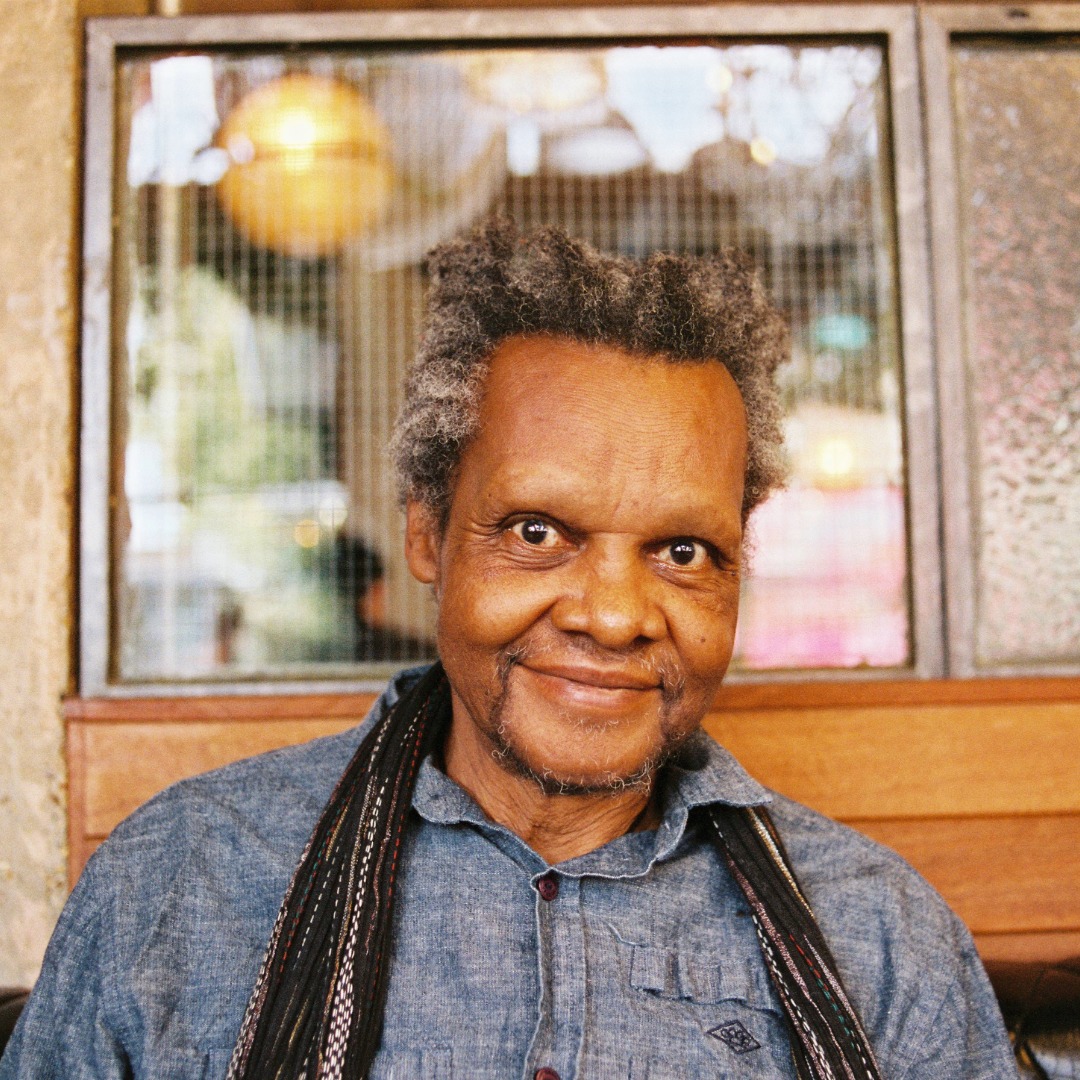Waitlist
Register Interest
You are now being directed to purchase your ticket on {{ form.agentname }}
Back to event page
Since 1979, Lonnie Holley has devoted his life to the practice of improvisational creativity. His art and music, born out of struggle and hardship as a survivor of Jim Crow-era Alabama, has manifested in drawing, painting, sculpture, photography, performance, music and filmmaking. Vital as ever at the age of 75, his work is now featured in collections of major museums throughout the world.
As a musician, Holley has released seven full-length albums, including 2025’s powerful, lushly produced Tonky and its predecessor, 2023’s Oh Me Oh My, which featured experimental guest turns from admirers including Michael Stipe, Bon Iver and Sharon Van Etten.
In his performances, Holley’s music and lyrics are improvised on the spot and morph and evolve in unison with the setting - no two nights are ever the same.
At Sydney Festival, the one-of-a-kind artist will perform a special three-night residency, beginning with this solo performance.
See more of the incredible Lonnie Holley at Sydney Festival, including two improvised collaborations with Australian artists, and an in conversation.
See Lonnie Holley with Yasmina Sadiki
See Lonnie Holley with Kankawa Nagarra
Spend An Afternoon with Lonnie Holley and Kelly Lovemonster
THE NEW YORK TIMES
“The avant-garde singer’s seventh album is a big-hearted, transcendental testimonial.”
PITCHFORK
“Each of his pieces is actually a one-time performance; his words and music, whether in the studio or on a stage, are entirely improvised.”
THE NEW YORK TIMES

Lonnie Holley (b. Birmingham, AL, 1950) is a multidisciplinary visual artist and improvisational musician, whose work explores themes of personal and collective history, racial inequality, environmental catastrophe, and American identity. Born into the harsh reality of Jim-Crow era Alabama, Holley’s early life was defined by transience, cruelty, and economic hardship. Separated from his family as a young boy, Holley spent three years at The Alabama Industrial School for Negro Children, a brutal state institution that has been called a modern-day slave plantation. Growing up impoverished, Holley made do with what he could find, often the broken and discarded objects of human consumption – materials he refers to as, “trash, garbage, and debris.” His ability to combine these objects into beautiful and socially resonant works of art made Holley a leading figure in the long-overlooked movement of Black Southern visual artists. Holley’s work has been exhibited internationally and can be found in major museum collections including the Metropolitan Museum of Art, Smithsonian American Art Museum, National Gallery of Art, and many others.
Government Partners
